Pipe pigging is a vital maintenance operation primarily used in pipeline systems to clean, inspect, maintain, and extend the lifespan of pipes. Utilizing a “pig” maintenance tool is inserted and propelled through the pipeline. The Pipe Pigging Process performs various tasks without stopping the flow. Pipe pigging is not only essential but also cost-effective, ensuring operational safety, efficiency, and longevity. Furthermore, using pigs minimizes the need for direct human intervention inside the pipeline, reduces downtime, and provides critical data for preventative maintenance strategies.
Importance of Cleaning
In the oil and gas industry, maintaining clean pipelines is essential for ensuring safe and efficient hydrocarbon transport from production sites to refineries. Regular cleaning prevents the build-up of deposits such as wax, scale, and sludge, which can lead to blockages and corrosion, thereby reducing flow efficiency. Consequently, routine maintenance not only helps avoid hazardous conditions but also reduces operational costs, ultimately improving the pipeline’s performance and extending its lifespan.
Key Features of the Pipe Pigging
1. Varieties of Pigs
Pigs come in different forms depending on their intended function. Some common types include:
Cleaning pigs remove debris and buildup from within the pipeline. Inspection pigs, also known as “smart pigs,” come equipped with sensors that collect data on the condition of the pipeline walls, such as corrosion or cracks. Sealing pigs can work in separating different products within the same pipeline.
2. Components of the Process
Launcher and Receiver: The process begins at the pig launcher, a device that inserts the pig into the pipeline. It travels through the pipeline and exits through a receiver at the other end.
Drive Mechanism and Propulsion: As for propulsion, pigs can be driven by the pressure differential created by the product flow within the pipeline. This natural drive mechanism is often sufficient for most applications. However, if the natural flow is insufficient to move the pig effectively, operators may employ an external source such as a pump. This supplemental propulsion helps maintain the momentum of the pig, ensuring it can traverse the pipeline effectively and complete its cleaning or inspection task.
3. Benefits of Pigging
Operational Efficiency: Regular pigging helps maintain optimal flow rates, reducing downtime and increasing productivity.
Cost-effectiveness: Besides, pigging is a cost-effective maintenance strategy as it minimizes the need for pipeline shutdowns and extensive manual cleaning operations.
Safety and Environmental Compliance: By ensuring the integrity of the pipeline, pigging reduces the risk of leaks and spills, which are crucial for environmental protection and safety.
4. Technological Advancements
Advances in sensor technology have enhanced the capabilities of inspection pigs, allowing for real-time data collection and sophisticated analyses of pipeline conditions.
Key Steps in the Pipe Pigging Process
The following are the main steps of Pipe Pigging Process.
1. Pig Selection
Choosing the right pig for the task is crucial. Pigs come in various types depending on their purpose:
Cleaning pigs remove debris and buildup like scale, wax, or other deposits.
Inspection pigs (also known as smart pigs) are equipped with sensors and used to gather data about the condition of the pipe, such as wall thickness and the presence of corrosion or other anomalies.
Sealing pigs are working in separating different fluids transported in the same pipeline.
2. Launching the Pig
Operators introduce the pig into the pipeline through a pig launcher—a specialized chamber designed to allow the insertion of the pig without interrupting the flow of the product in the pipeline. Typically, the launcher is a vessel that can be pressurized and sealed.
3. Pigging Operation
Once launched, you can drive the pig through the pipeline by the flow of the product. As it moves, it performs its designated function (cleaning, inspecting, or sealing). The speed and progress of the pig are monitored to ensure it moves smoothly through the pipeline and does not become stuck.
4. Receiving the Pig
At the end of its journey, the pig reaches a pig receiver—a chamber similar to the launcher, designed to safely remove the pig from the pipeline. Subsequently, operators open the receiver, retrieve the pig, and then properly dispose of any debris or contaminants collected by the pig.
5. Data Analysis (for Inspection Pigs)
If the pig was an inspection pig, the data collected during its journey is analyzed to assess the pipeline’s integrity. This analysis can reveal issues like metal loss, cracks, or other structural faults that may require repair.
6. Maintenance and Repairs
Based on the findings from the pigging operation, maintenance and repair work may be scheduled to address any issues. Therefore, this proactive approach helps prevent pipeline failures and extends the lifespan of the infrastructure.
Cleaning Pig Parameters
| Name | Oil Pipe Pig |
| Material | 1. steel framework main body. |
| 2. The disc material is available for Polyurethane, Viton, Neoprene, Nitrile butadiene, etc. | |
| 3. The cup material is available for Polyurethane, Viton, Neoprene, Nitrile butadiene, etc. | |
| 4. Steel brush or nylon brush. | |
| Feature | 1. Firstly, good wearing resistance. |
| 2. Secondly, strong passing ability. | |
| 3. Nice cleaning performance. | |
| 4. Then accurate location and tracking. | |
| 5. At last, a low rate of false positives. | |
| Packing way | packed pipe cleaning pigs with inner plastic film and outer plywood wooden case. |
| Payment | TT/LC |
| Advantage | 1. Firstly, good sealing performance. |
| 2. Secondly, high wear resistance. |



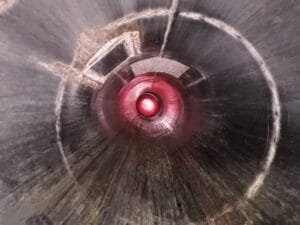
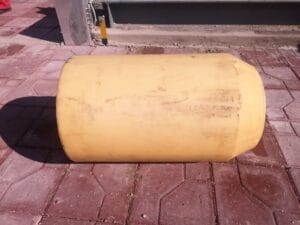

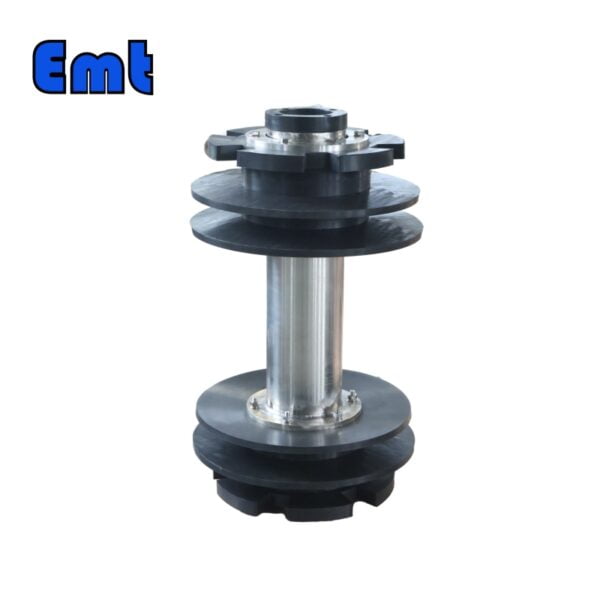
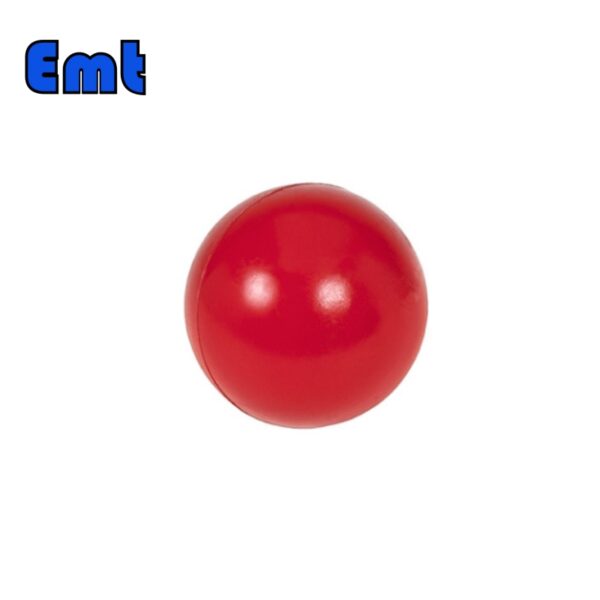
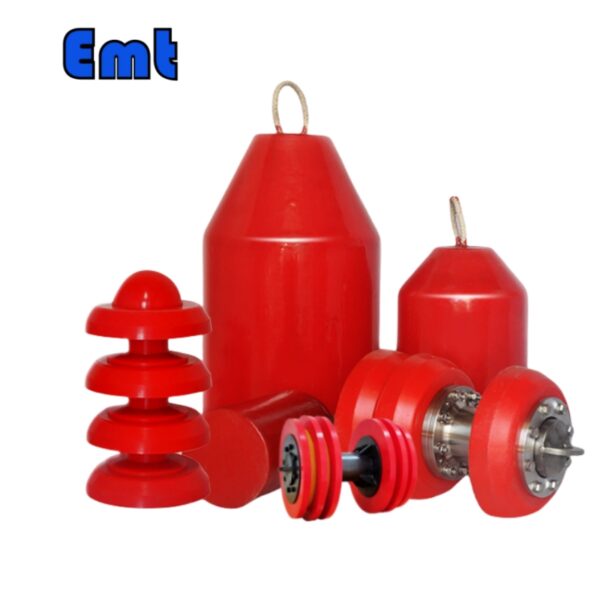
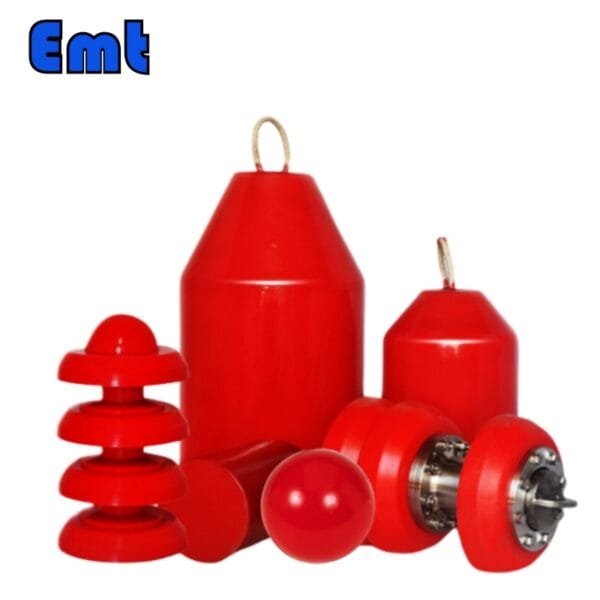
There are no reviews yet.